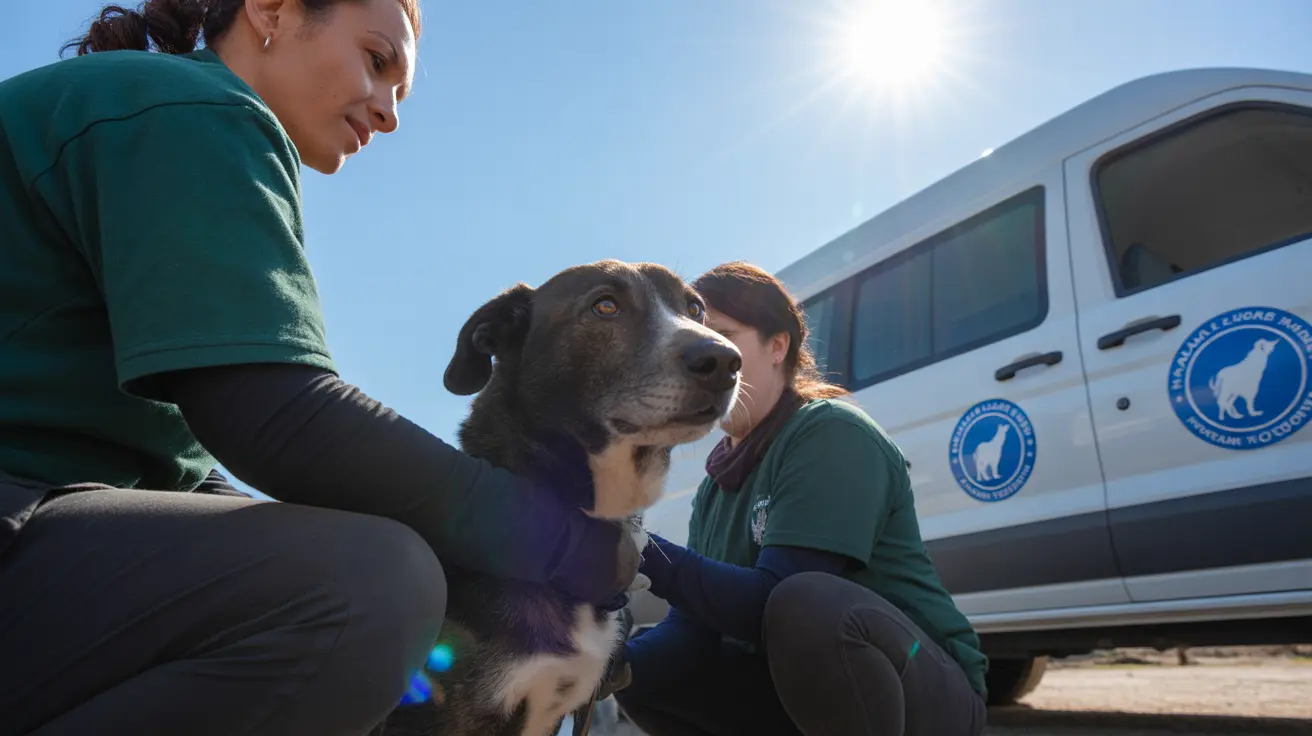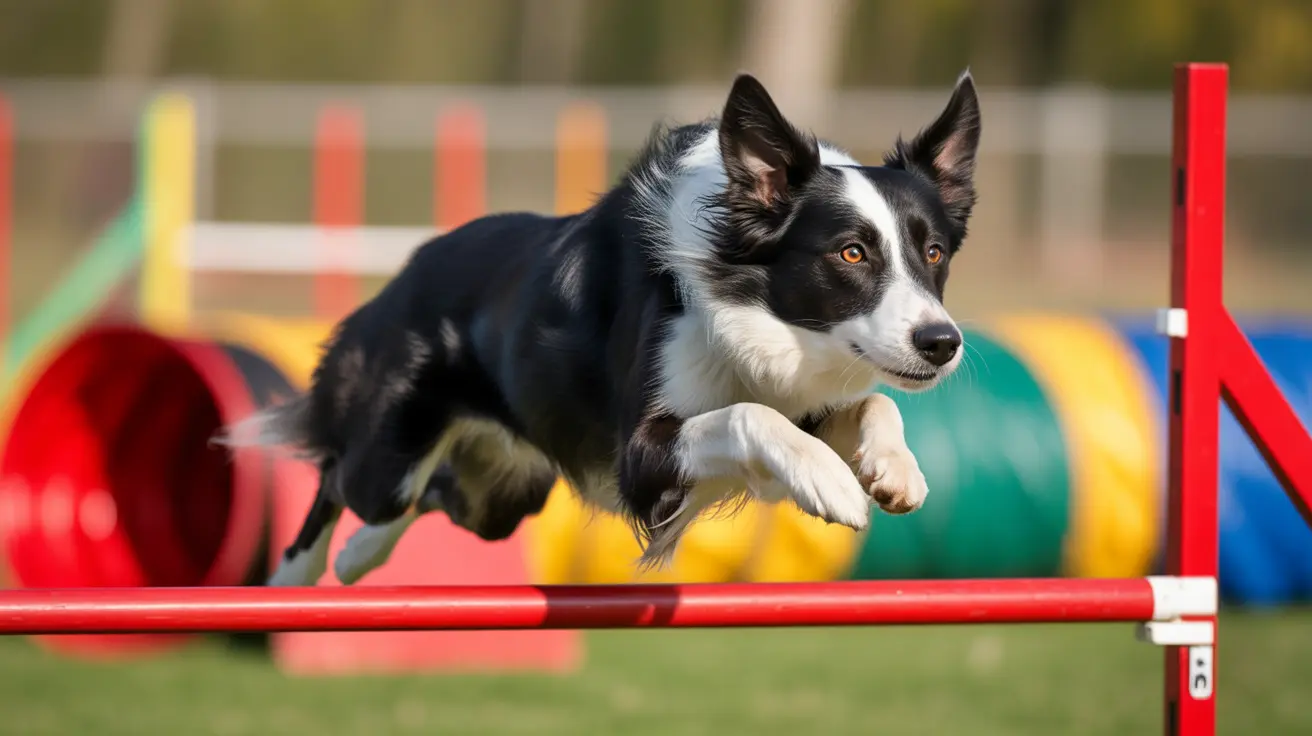When outdoor activities become limited due to weather, space constraints, or busy schedules, indoor dog training exercises become crucial for maintaining your pet's physical and mental well-being. These exercises not only help keep your dog fit but also provide essential mental stimulation to prevent behavioral issues and ensure a happy, well-adjusted companion.
In this comprehensive guide, we'll explore effective indoor training activities that will keep your furry friend engaged, healthy, and well-behaved, no matter the circumstances.
Understanding the Importance of Indoor Exercise
Regular indoor exercise is vital for dogs, as they need approximately 30-45 minutes of daily physical activity and mental stimulation. Without adequate exercise, dogs can develop various behavioral problems, including excessive barking, destructive chewing, and restlessness. Indoor training provides a structured way to meet these essential needs.
Physical Exercise Options for Indoor Training
Cardio-Based Activities
Even within the confines of your home, there are numerous ways to provide your dog with cardiovascular exercise:
- Supervised stair running
- Indoor fetch with soft toys
- Treadmill training (with proper introduction)
- Indoor agility exercises
Strength and Coordination Training
Build your dog's muscle strength and body awareness through these activities:
- Controlled tug-of-war sessions
- Balance exercises on cushions
- Indoor obstacle courses
- Training platforms work
Mental Stimulation Through Indoor Training
Problem-Solving Games
Mental exercise can be just as tiring as physical activity. Incorporate these brain-boosting activities:
- Interactive puzzle toys
- Treat-dispensing balls
- Hide and seek games
- Scent work exercises
Obedience Training Sessions
Use indoor time to reinforce or teach new commands:
- Basic command practice
- Advanced trick training
- Impulse control exercises
- Pattern games
Creating an Indoor Training Schedule
Establish a consistent routine that includes:
- 10-15 minutes of cardio exercise
- 15-20 minutes of mental stimulation
- 5-10 minutes of obedience training
- Regular breaks for rest and water
Safety Considerations for Indoor Training
Ensure safe indoor exercise by:
- Removing hazardous objects
- Providing non-slip surfaces
- Monitoring intensity levels
- Adjusting activities based on your dog's age and health
Frequently Asked Questions
What are the best indoor dog training exercises to keep my dog physically fit and mentally stimulated?
The most effective indoor exercises combine physical activity with mental challenges. These include obstacle courses, interactive puzzle toys, hide-and-seek games, and structured obedience training sessions. Rotate between different activities to maintain engagement and provide comprehensive stimulation.
How can I safely play tug-of-war or stair exercises with my dog indoors without causing injury?
For safe tug-of-war, use appropriate toys, maintain control of the game, and teach a reliable "drop it" command. With stair exercises, start slowly, supervise at all times, and avoid these activities with puppies, senior dogs, or those with joint issues.
What mental stimulation games can I use inside to prevent my dog from getting bored or anxious?
Effective mental stimulation games include treat-dispensing puzzles, "find it" games with hidden toys or treats, training sessions for new tricks, and nose work activities. Rotate games regularly to maintain interest and challenge.
How do I create an effective indoor obstacle course for my dog using household items?
Use cushions, boxes, and chairs to create tunnels and obstacles. Set up weave patterns using empty bottles or cones. Ensure all items are stable and safe, and supervise your dog throughout the activity. Start simple and gradually increase difficulty.
How much daily indoor exercise does my dog need to maintain good health and prevent behavioral issues?
Most dogs need 30-45 minutes of combined physical and mental exercise daily. This can be broken into several shorter sessions throughout the day. Adjust the duration and intensity based on your dog's age, breed, and energy level.
Conclusion
Indoor dog training exercises are essential for maintaining your pet's physical and mental health when outdoor activities are limited. By implementing a varied routine of physical exercises, mental stimulation, and obedience training, you can ensure your dog stays healthy, happy, and well-behaved, regardless of outdoor conditions.






